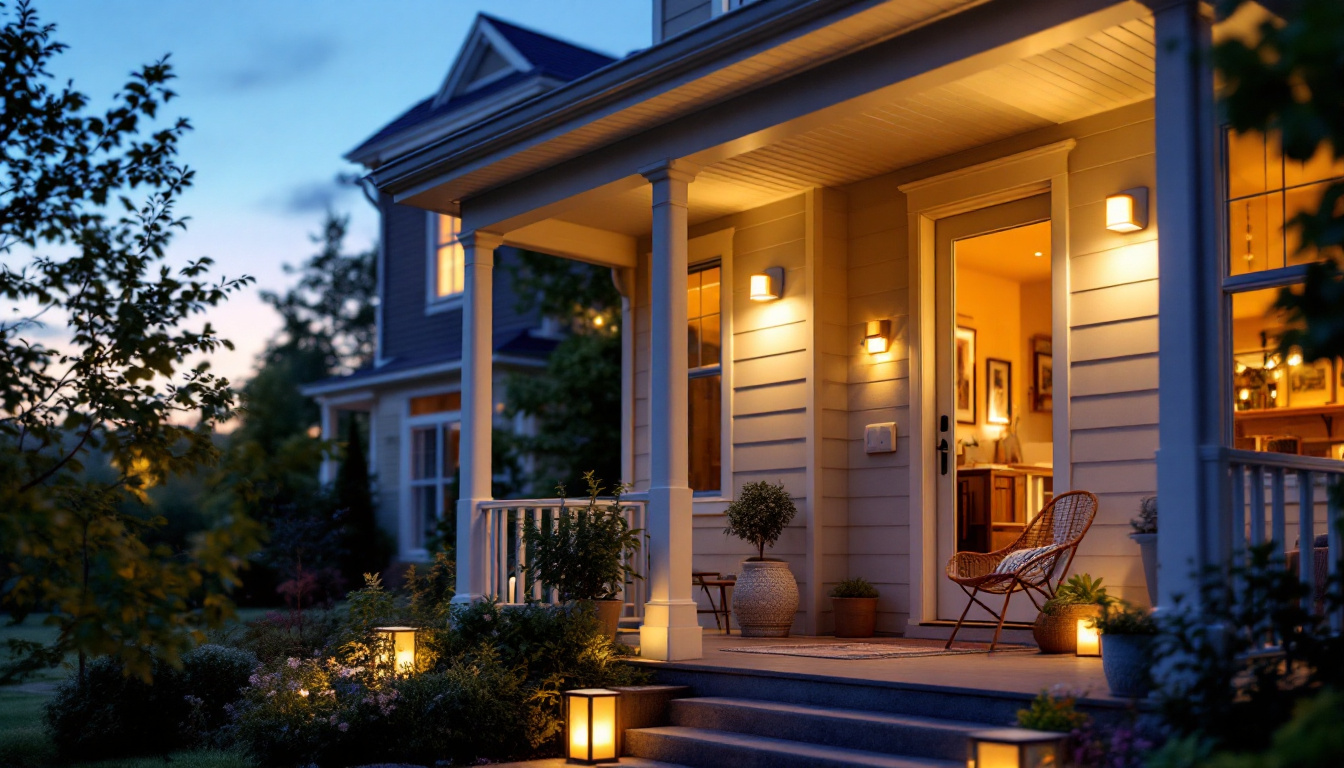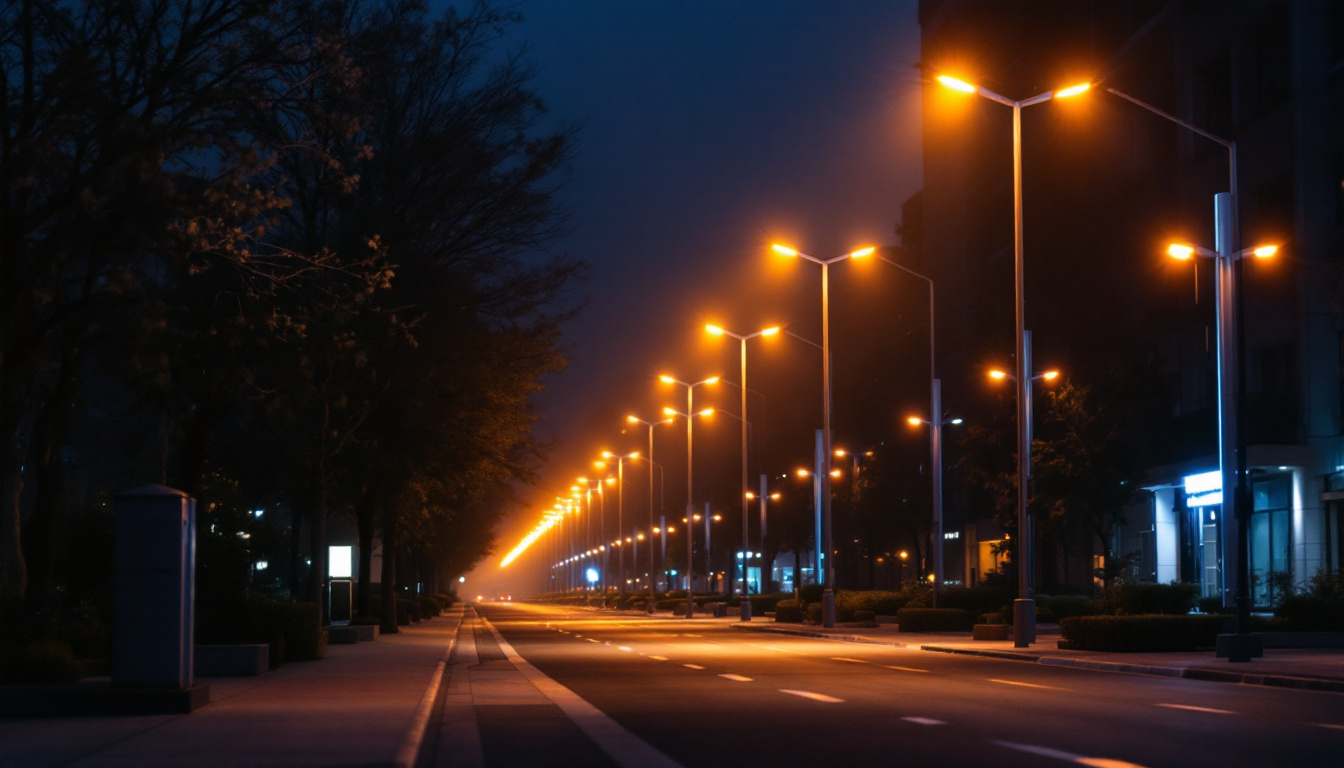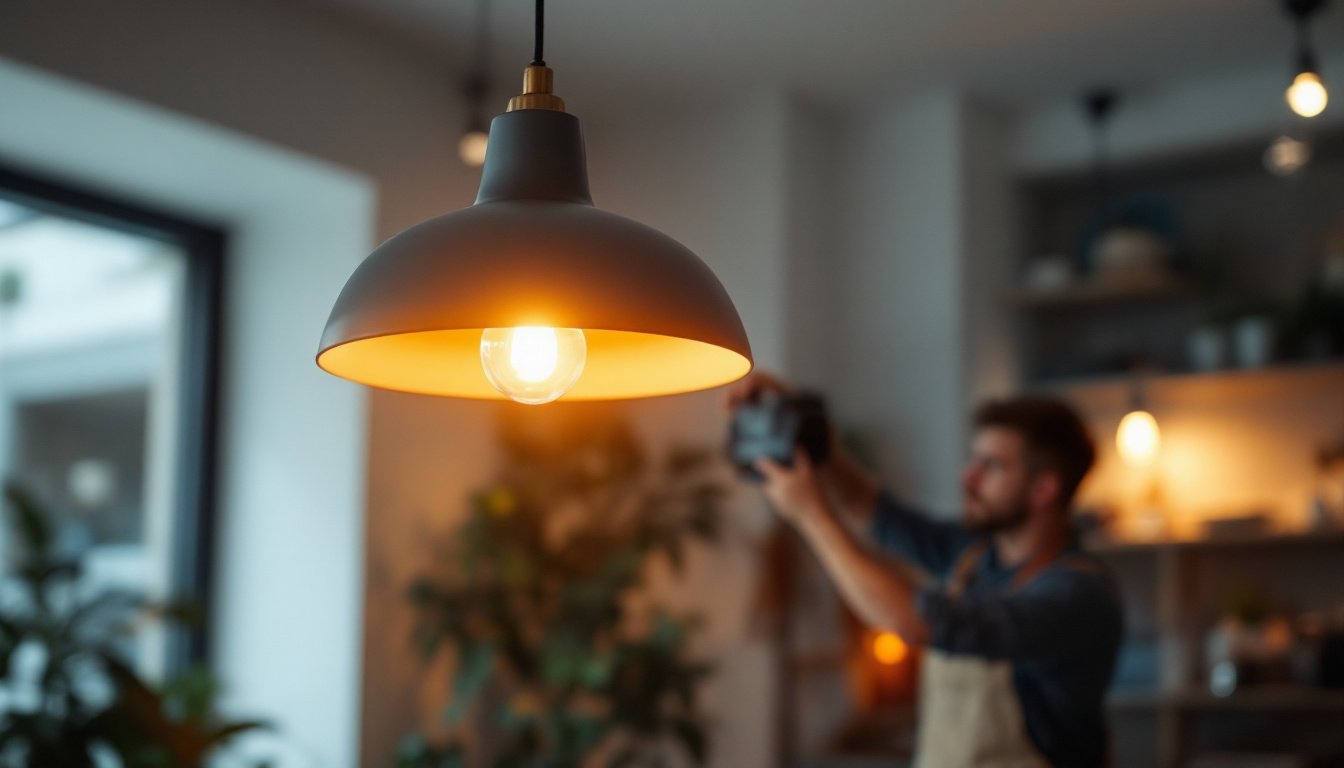
In recent years, smart lighting technology has revolutionized the way homeowners approach outdoor lighting. As a lighting contractor, understanding the intricacies of this technology is essential for providing clients with the best solutions for their outdoor spaces. Smart lighting systems offer enhanced control, energy efficiency, and improved security, making them an attractive option for homeowners looking to upgrade their exterior lighting.
Smart lighting encompasses a range of features, including remote control via smartphones, automated scheduling, and integration with home automation systems. These features not only enhance convenience but also allow for a more tailored lighting experience. By understanding the various components and functionalities of smart lighting, contractors can better educate their clients and help them make informed decisions.
Smart lighting systems typically consist of several key components, including smart bulbs, hubs, and sensors. Smart bulbs are LED lights equipped with wireless connectivity, allowing them to be controlled remotely. Hubs serve as the central point for communication between the bulbs and the user’s devices, while sensors can detect motion or ambient light, triggering the lights to turn on or off automatically.
Additionally, many smart lighting systems can be integrated with voice assistants, enabling users to control their lights through simple voice commands. This level of interactivity not only enhances user experience but also adds a layer of accessibility for those with mobility challenges. Furthermore, some advanced systems offer customizable color options, allowing homeowners to change the ambiance of their outdoor spaces according to the occasion, whether it’s a festive gathering or a quiet evening under the stars.
The advantages of smart outdoor lighting extend beyond mere convenience. One of the most significant benefits is energy efficiency. Smart bulbs consume significantly less energy than traditional incandescent bulbs, which can lead to substantial savings on electricity bills over time. Furthermore, the ability to control outdoor lighting remotely means that homeowners can ensure lights are turned off when not needed, further reducing energy waste.
Another critical benefit is enhanced security. Well-lit outdoor spaces deter potential intruders and provide peace of mind for homeowners. Smart lighting systems can be programmed to simulate occupancy by turning lights on and off at specific intervals, creating the illusion that someone is home even when they are not. This feature is particularly appealing to clients who travel frequently or have second homes. Additionally, some systems can send alerts to homeowners’ smartphones if motion is detected, allowing them to respond quickly to any potential security threats. This proactive approach to safety not only protects the property but also fosters a sense of community, as well-lit neighborhoods can discourage crime and promote a welcoming atmosphere for residents and visitors alike.
When it comes to implementing smart lighting solutions, a well-thought-out design plan is essential. A successful outdoor lighting design not only enhances the aesthetic appeal of a property but also ensures functionality and safety. As a lighting contractor, understanding the key elements of effective outdoor lighting design can set a project apart.
The first step in creating a successful outdoor lighting plan is to assess the space. This involves evaluating the layout of the property, identifying key features such as walkways, gardens, and architectural elements, and understanding the client’s specific needs and preferences. Each property is unique, and a tailored approach will yield the best results.
Consideration should also be given to the existing landscape and how lighting can enhance it. For example, uplighting can be used to highlight trees or sculptures, while downlighting can illuminate pathways and patios. By strategically placing lights, contractors can create a cohesive and inviting atmosphere that complements the property’s architecture and landscaping.
Once the space has been assessed, the next step is selecting the appropriate fixtures. Smart outdoor lighting fixtures come in various styles, sizes, and functionalities, allowing contractors to match the design with the client’s aesthetic preferences. Options range from sleek modern designs to more traditional lantern-style fixtures.
It’s also essential to consider the functionality of each fixture. For instance, motion-activated lights are ideal for security purposes, while dimmable fixtures can create a more relaxed ambiance for outdoor gatherings. By understanding the different types of fixtures available, contractors can offer clients a range of options that best suit their needs.
Proper installation is crucial to the success of any outdoor lighting project. As smart lighting systems can be more complex than traditional systems, following best practices during installation will ensure optimal performance and longevity. A well-executed installation not only enhances the functionality of the lighting but also minimizes the likelihood of future issues.
Before installation begins, it’s vital to plan the layout of the lighting system. This includes determining the placement of fixtures, the routing of wiring, and the positioning of smart hubs or controllers. A clear plan will help streamline the installation process and reduce the likelihood of errors.
During this phase, it’s also essential to consider the power source. Smart lighting systems may require additional power outlets or transformers, especially if multiple fixtures are being installed. Ensuring that the electrical infrastructure can support the new system will prevent complications down the line.
After installation, thorough testing and calibration of the smart lighting system are necessary. This includes checking the connectivity of each smart bulb, ensuring that sensors are functioning correctly, and confirming that the system can be controlled via the designated app or hub. Testing allows contractors to identify any issues early on and make necessary adjustments before handing over the system to the client.
Calibration is equally important, particularly for features such as motion detection and automated scheduling. By fine-tuning these settings, contractors can help clients achieve the desired level of convenience and security.
Once the installation is complete, educating clients about the features and functionalities of their new smart lighting system is crucial. Many homeowners may be unfamiliar with how to operate smart technology, and providing clear instructions can enhance their overall experience.
A hands-on demonstration of the smart lighting system can be invaluable. Contractors should take the time to walk clients through the various features, showing them how to control the lights via their smartphones or voice assistants. This demonstration can include how to set schedules, adjust brightness levels, and utilize any special features such as color changing or scene setting.
Encouraging clients to explore the app and experiment with different settings can help them feel more comfortable with the technology. Providing them with printed instructions or digital resources for future reference can also enhance their confidence in using the system.
In addition to demonstrating the system, it’s essential to discuss maintenance and support options. Smart lighting systems may require occasional updates or troubleshooting, and clients should be aware of how to access support if needed. Offering ongoing support or maintenance packages can provide clients with peace of mind and foster long-term relationships.
Contractors can also educate clients on the importance of keeping their systems updated. Regular updates can improve functionality, security, and compatibility with new devices, ensuring that the lighting system remains efficient and effective over time.
The field of smart lighting is continually evolving, and staying informed about future trends can provide contractors with a competitive edge. As technology advances, new features and capabilities are emerging, offering even more possibilities for outdoor lighting design.
One of the most significant trends in smart lighting is the increasing integration with broader smart home systems. Homeowners are looking for seamless connectivity between their devices, and lighting is no exception. Smart outdoor lighting can now be integrated with security systems, thermostats, and other smart devices, creating a cohesive and efficient home environment.
This trend not only enhances convenience but also allows for more advanced automation. For example, outdoor lights can be programmed to turn on when the security system is activated or to adjust based on the time of day or weather conditions. Contractors who understand these integrations can offer clients comprehensive solutions that enhance their overall smart home experience.
As the focus on sustainability continues to grow, innovations in energy efficiency are becoming increasingly important in smart lighting. New technologies are emerging that further reduce energy consumption and enhance the lifespan of lighting systems. For instance, solar-powered smart lights are gaining popularity, offering an eco-friendly alternative to traditional lighting solutions.
Contractors who stay informed about these innovations can provide clients with cutting-edge solutions that not only save money but also contribute to a more sustainable future. This knowledge can be a valuable selling point when discussing options with environmentally conscious clients.
As the demand for smart outdoor lighting continues to rise, lighting contractors must adapt their approaches to meet the evolving needs of homeowners. By understanding the technology, designing effective lighting plans, ensuring proper installation, and educating clients, contractors can position themselves as trusted experts in the field.
Staying informed about future trends and innovations will further enhance a contractor’s ability to provide exceptional service and solutions. In a competitive market, the ability to offer comprehensive smart lighting solutions will not only satisfy clients but also pave the way for long-term success in the lighting industry.
Ready to elevate your outdoor lighting projects with the latest smart technology? Look no further than LumenWholesale, where we provide contractors with exceptional, spec-grade lighting products at unbeatable wholesale prices. Say goodbye to inflated markups and hello to a vast selection of reliable, high-performance lighting that meets the highest industry standards. With free shipping on bulk orders, LumenWholesale is your go-to source for premium lighting solutions that combine quality, affordability, and convenience. Don’t compromise on your lighting needs—Wholesale Lighting at the Best Value is just a click away.

Discover essential best practices for lighting contractors in “Long Light: Best Practices, Lighting Contractors’ Edition.” This guide illuminates key strategies for optimizing lighting projects, enhancing energy efficiency, and ensuring client satisfaction.

Discover the pivotal role street pole lights play for lighting contractors in urban planning and safety.

Discover how LED pendant lamps are transforming the lighting industry and becoming an essential tool for contractors.

Discover the essential guide to silicone wire nuts with our comprehensive checklist tailored for lighting contractors.